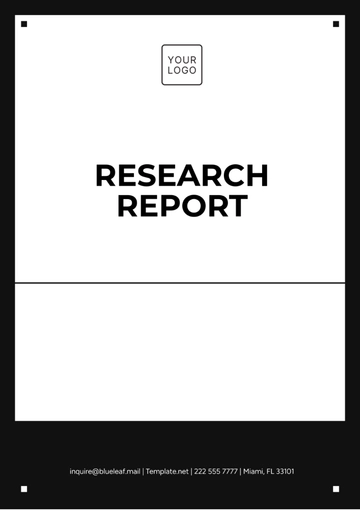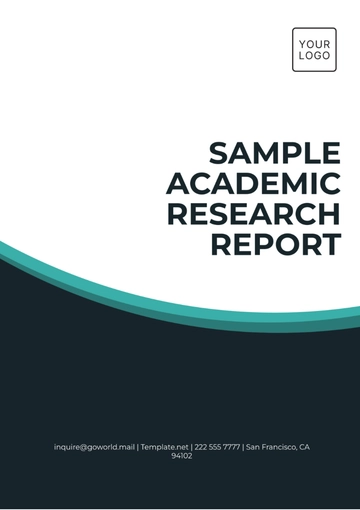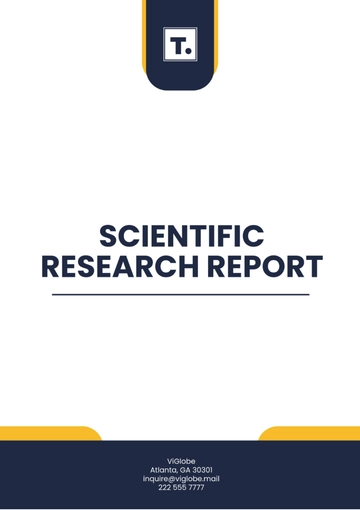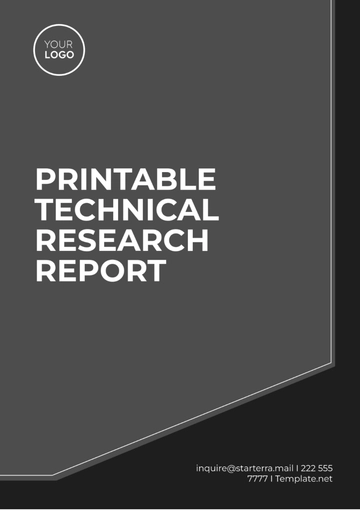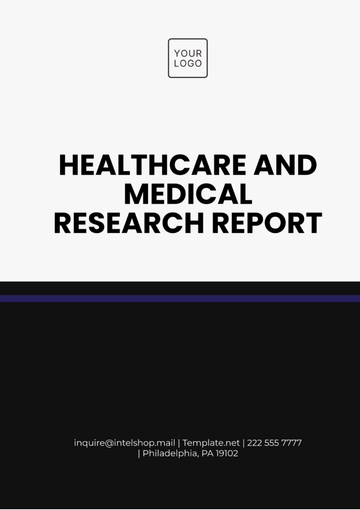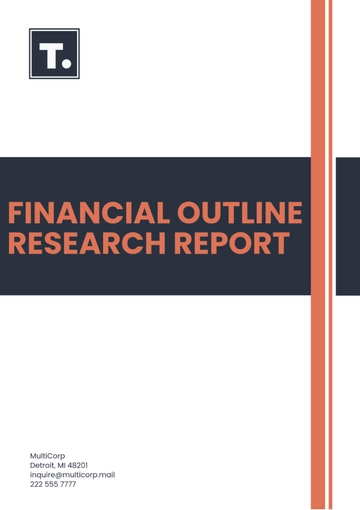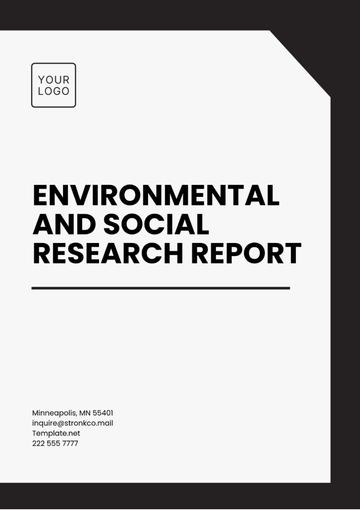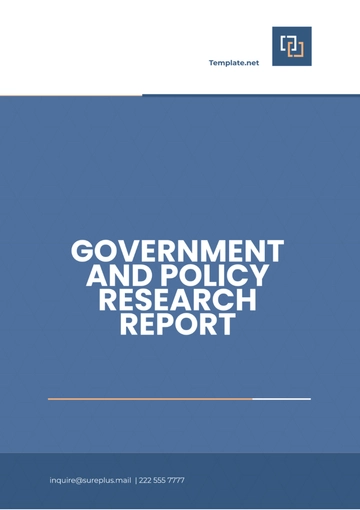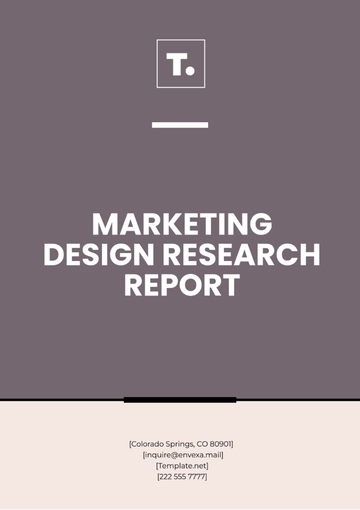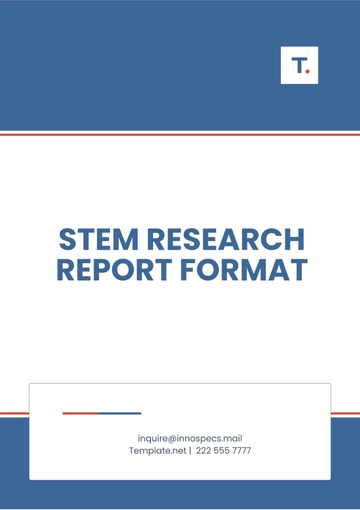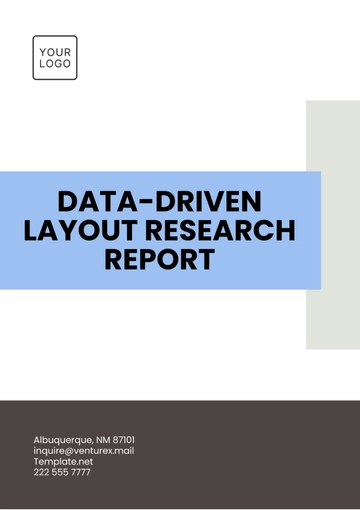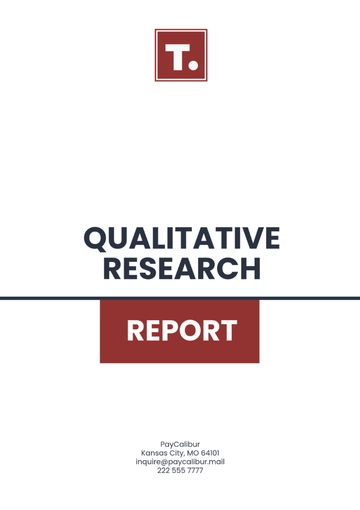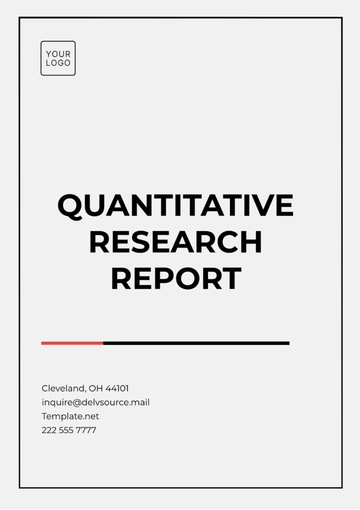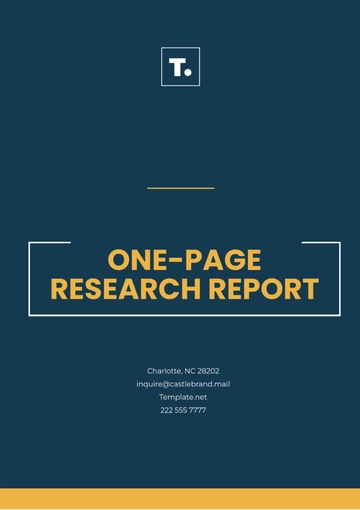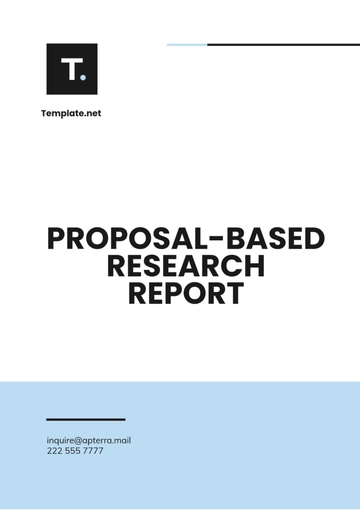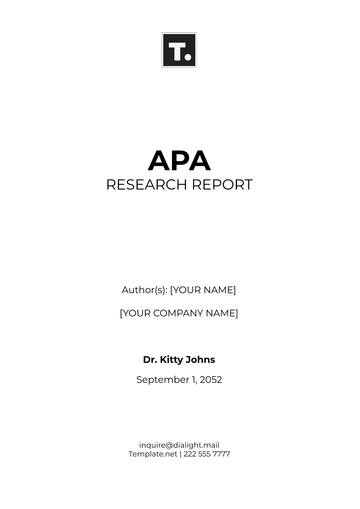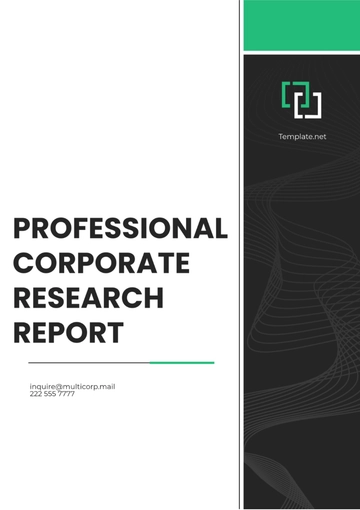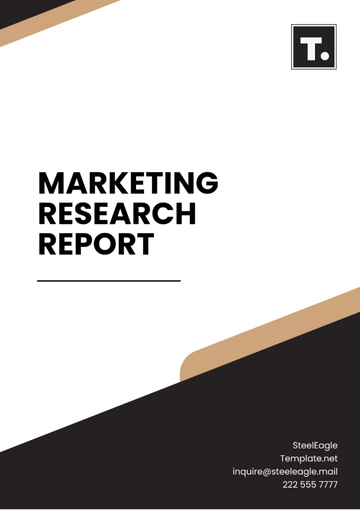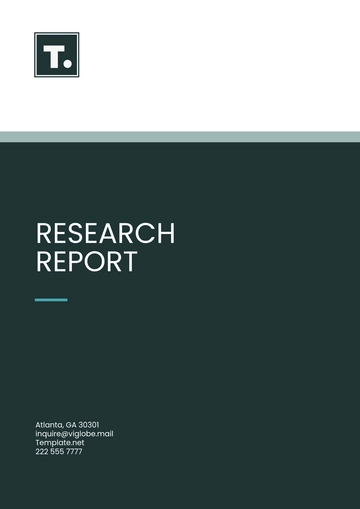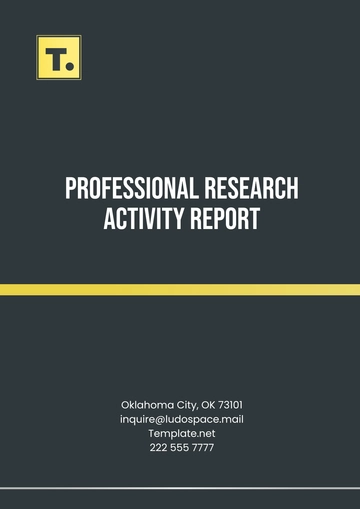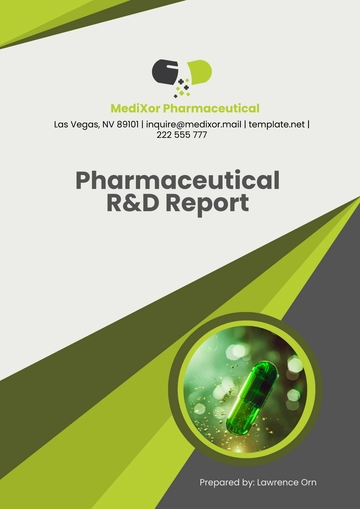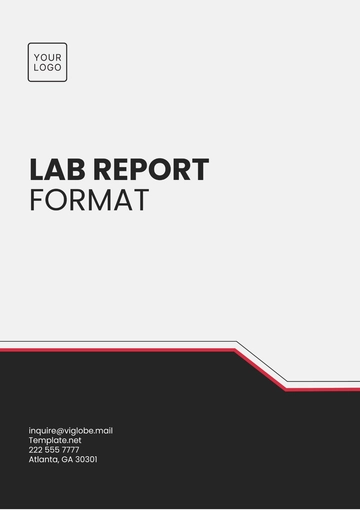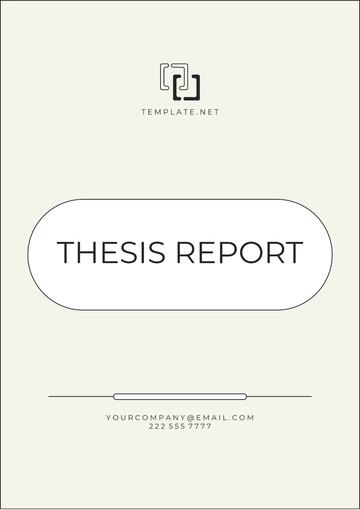Free Primary Research Report
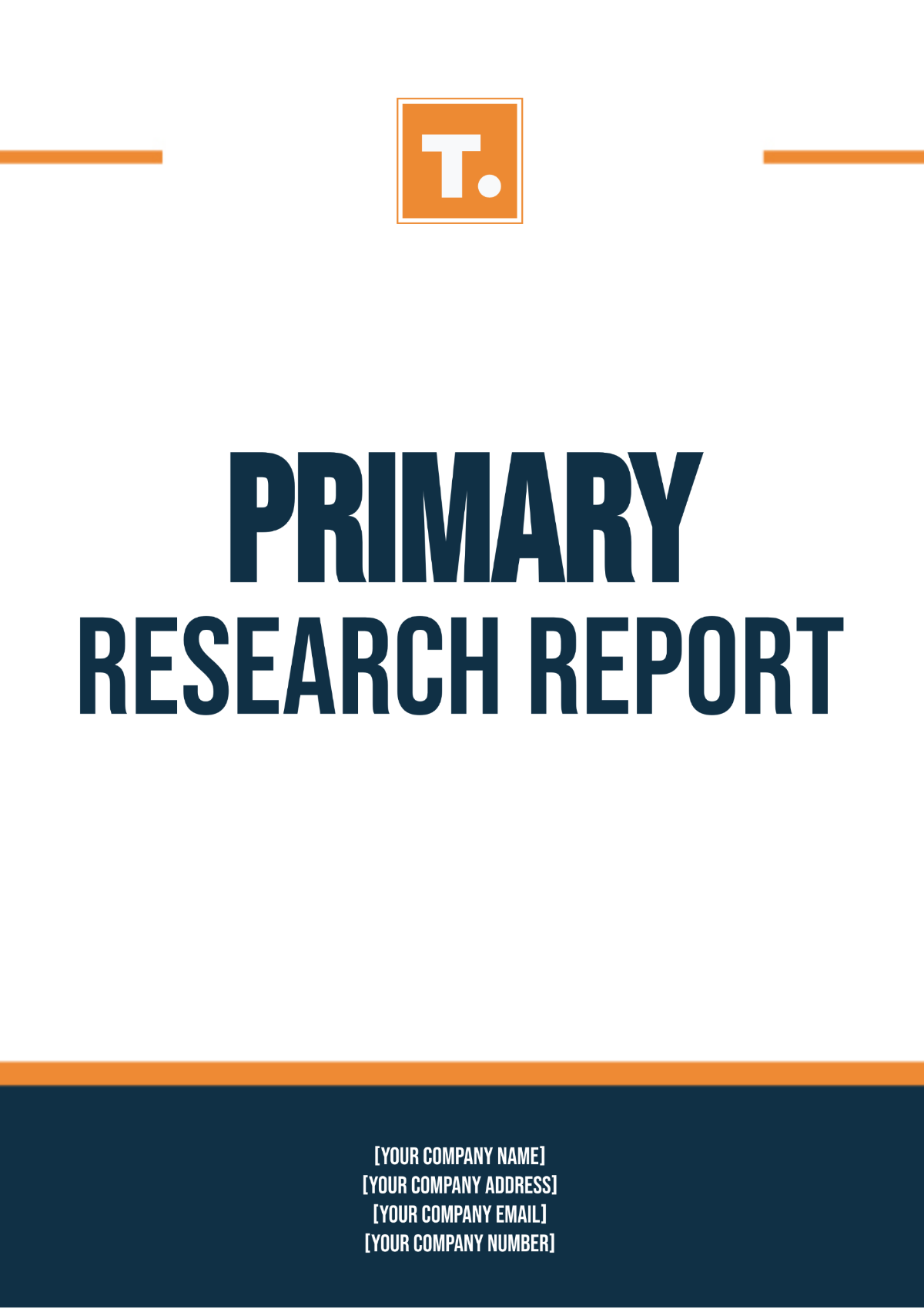
Conducted By: [YOUR NAME]
Contact Information: [YOUR EMAIL]
I. Introduction
In recent years, the integration of technology in educational settings has become increasingly prevalent. This primary research study investigates the effects of technology usage on academic performance among university students at Jefferson University. The study aims to uncover correlations between technology utilization patterns and students' grades, studying habits, and overall academic achievement.
II. Methodology
A. Participants
The study involved 500 undergraduate students enrolled in various disciplines at Jefferson University. Participants were selected using stratified random sampling to ensure representation across different academic faculties. The sample included students from humanities, sciences, engineering, and business disciplines.
B. Data Collection
Data collection took place over a period of six months. Surveys were designed and distributed electronically through the university's student portal and email system. The survey questionnaire consisted of demographic questions (age, gender, academic major), questions regarding technology use (types of devices used, frequency of usage, preferred applications), study habits (hours spent studying per week, preferred study environments), and self-reported academic performance (current GPA, recent exam scores).
C. Analysis
Quantitative analysis was conducted using statistical software (such as SPSS or R) to analyze the data collected from the surveys. Descriptive statistics (mean, standard deviation) were used to summarize demographic characteristics and technology usage patterns. Regression analysis was employed to examine relationships between technology usage variables (e.g., frequency of app usage, types of devices used) and academic performance metrics (GPA, exam scores).
III. Results
A. Demographics
The majority of participants (65%) were aged between 18-21 years, reflecting the typical undergraduate age range. The sample included 53% female students and 47% male students, ensuring a balanced representation across genders.
B. Technology Usage
Findings indicated that students primarily used smartphones and laptops/tablets for educational purposes. The table below summarizes the types of devices used by the participants:
Device Type | Percentage of Students (%) |
|---|---|
Smartphone | 85% |
Laptop/Tablet | 62% |
Desktop Computer | 28% |
Other (Specify) | 5% |
C. Academic Performance
The following table presents the average GPA by frequency of educational app usage among the participants:
Frequency of App Usage | Average GPA |
|---|---|
Rarely (Once a month) | 3.2 |
Sometimes (Once a week) | 3.5 |
Often (Daily) | 3.7 |
Very Often (Multiple times daily) | 3.9 |
IV. Discussion
The results suggest a positive relationship between technology integration in education and enhanced academic outcomes among university students. The findings support the notion that well-designed educational technologies can complement traditional teaching methods and enhance student engagement and learning outcomes. Educators and curriculum designers may benefit from integrating more interactive and adaptive technologies into their teaching practices to cater to diverse learning styles and preferences.
V. Conclusion
In conclusion, this primary research provides valuable insights into the role of technology in shaping academic success among university students. The findings underscore the potential of educational technologies to positively impact learning outcomes and student performance. Future research could explore specific types of technologies (e.g., virtual reality, artificial intelligence) and their differential effects across various academic disciplines and student populations.
For more information about this study, please contact:
[YOUR NAME]
[YOUR EMAIL]
[YOUR COMPANY NAME]
[YOUR COMPANY NUMBER]
[YOUR COMPANY ADDRESS]
[YOUR COMPANY WEBSITE]
- 100% Customizable, free editor
- Access 1 Million+ Templates, photo’s & graphics
- Download or share as a template
- Click and replace photos, graphics, text, backgrounds
- Resize, crop, AI write & more
- Access advanced editor
Revolutionize your research with Template.net's comprehensive Primary Research Report Template. Tailored for clarity and efficiency, this customizable document is editable, ensuring seamless adaptation to your project's specifics. Utilize our AI Editor Tool to refine your findings effortlessly. Stay ahead with a structured approach to presenting data. Ideal for seeking precision in your reports.
You may also like
- Sales Report
- Daily Report
- Project Report
- Business Report
- Weekly Report
- Incident Report
- Annual Report
- Report Layout
- Report Design
- Progress Report
- Marketing Report
- Company Report
- Monthly Report
- Audit Report
- Status Report
- School Report
- Reports Hr
- Management Report
- Project Status Report
- Handover Report
- Health And Safety Report
- Restaurant Report
- Construction Report
- Research Report
- Evaluation Report
- Investigation Report
- Employee Report
- Advertising Report
- Weekly Status Report
- Project Management Report
- Finance Report
- Service Report
- Technical Report
- Meeting Report
- Quarterly Report
- Inspection Report
- Medical Report
- Test Report
- Summary Report
- Inventory Report
- Valuation Report
- Operations Report
- Payroll Report
- Training Report
- Job Report
- Case Report
- Performance Report
- Board Report
- Internal Audit Report
- Student Report
- Monthly Management Report
- Small Business Report
- Accident Report
- Call Center Report
- Activity Report
- IT and Software Report
- Internship Report
- Visit Report
- Product Report
- Book Report
- Property Report
- Recruitment Report
- University Report
- Event Report
- SEO Report
- Conference Report
- Narrative Report
- Nursing Home Report
- Preschool Report
- Call Report
- Customer Report
- Employee Incident Report
- Accomplishment Report
- Social Media Report
- Work From Home Report
- Security Report
- Damage Report
- Quality Report
- Internal Report
- Nurse Report
- Real Estate Report
- Hotel Report
- Equipment Report
- Credit Report
- Field Report
- Non Profit Report
- Maintenance Report
- News Report
- Survey Report
- Executive Report
- Law Firm Report
- Advertising Agency Report
- Interior Design Report
- Travel Agency Report
- Stock Report
- Salon Report
- Bug Report
- Workplace Report
- Action Report
- Investor Report
- Cleaning Services Report
- Consulting Report
- Freelancer Report
- Site Visit Report
- Trip Report
- Classroom Observation Report
- Vehicle Report
- Final Report
- Software Report
